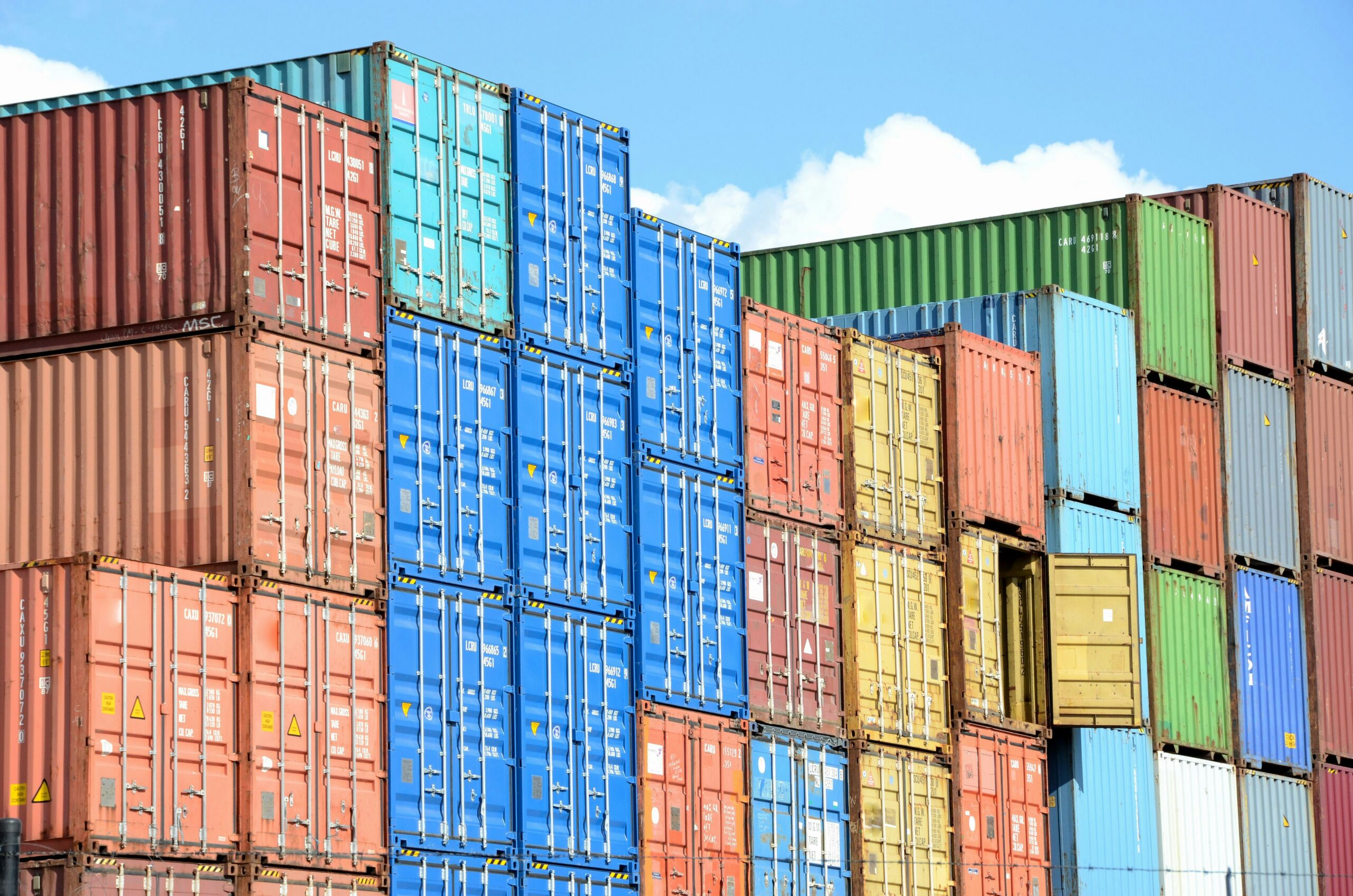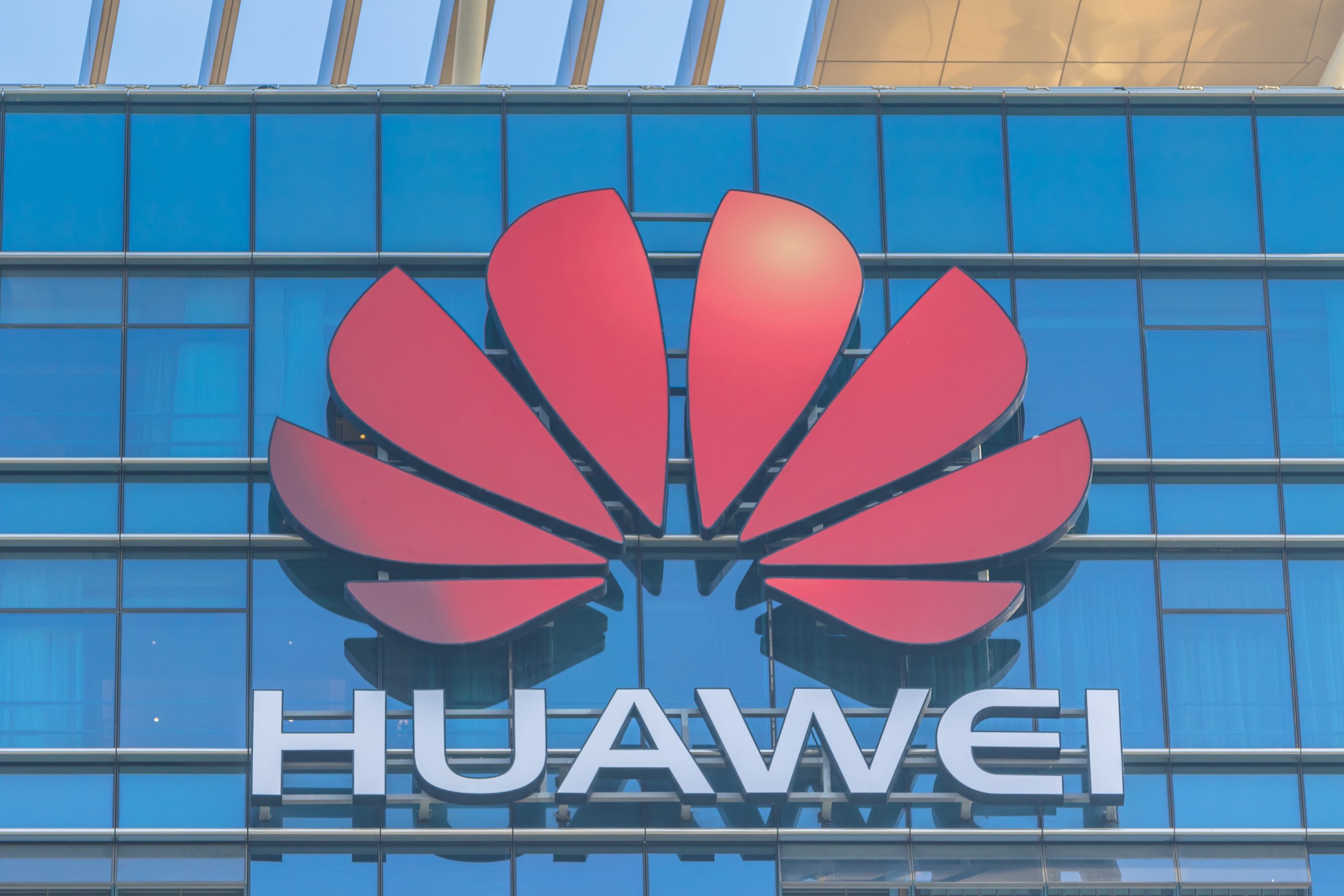March 31, 2025
Trump’s sectoral-trade pivot: What it will take to succeed
Last week, US trade negotiators met with counterparts in India to discuss a “multi-sector bilateral trade agreement.”
While the agreement remains under negotiation, the US-India Joint Leaders’ Statement—issued after US President Donald Trump met with Indian Prime Minister Narendra Modi in mid-February—suggests that the countries are looking to partner more deeply on artificial intelligence (AI), semiconductors, and critical minerals in the new trade deal. Meanwhile, continents away, the United Kingdom is also weighing a trade agreement with the United States, one reported to focus on advanced technologies.
Such negotiations demonstrate how Washington is pivoting toward a new sectoral trade policy, aiming to protect the United States’ dominance in energy, defense, and advanced technologies by securing essential inputs such as semiconductors, batteries, and critical minerals—resources that China either tightly controls or seeks to leverage. Recognizing the need to fortify the United States’ competitive position, Trump directed the US trade representative to pursue bilateral or sector-specific plurilateral agreements. US Trade Representative Jamieson Greer, in his confirmation testimony, made clear that semiconductors and critical minerals are priorities for sector-specific trade deals.
Sectoral trade agreements are nothing new, but a fresh approach is emerging, one that puts advanced technologies and their critical inputs front and center with an eye toward countering geoeconomic rivals. Past negotiated sectoral agreements—such as the Environmental Goods Agreement, Peru Timber Annex, or the Information Technology Agreement—were not focused on securing supply chains from geopolitical threats but rather on market access, tariff reductions, or sustainability. One exception is the US-Japan Critical Minerals Agreement, finalized by the Biden administration in March 2023, which allowed Japan to become eligible for benefits under the Inflation Reduction Act. In addition, the Biden administration intended to pursue additional critical mineral deals with the European Union, United Kingdom, and Indonesia. However, when a potential Indonesia critical minerals deal was announced, members of the US Congress responded with their concerns over weak labor and environmental standards and ties to Chinese investment in certain countries. Such backlash halted these deals from progressing.
But this time, momentum is building, and with growing bipartisan support for reducing reliance on China, the push for new sectoral agreements may finally break through. Here is how the new administration can successfully shape a sectoral trade policy that strengthens US dominance in key competitive industries.
First, a new sectoral trade policy should prioritize sectors in which the United States still holds a competitive advantage over China and in which China seeks to gain more ground. Beijing’s Made in China 2025 Initiative makes it clear that China is striving to become a world leader in ten critical industries, including semiconductors, AI, and advanced computing—all sectors in which the United States is a leader. To meet its ambitions, China is flooding global markets with subsidized tech, acquiring foreign expertise, and restricting exports of inputs that other nations need to compete. Some members of the US Congress warn that China’s approach could erode US technological leadership, accelerating the transfer of advanced research and manufacturing to China to bolster its technological capabilities.
One industry in China’s direct line of sight is the semiconductor sector. While the United States remains at the forefront of semiconductor design and advanced chip production—alongside leaders Taiwan and South Korea—China is rapidly closing in. With massive investments in semiconductor manufacturing, China is projected to control 32 percent of the world’s semiconductor production capacity by 2027, surpassing Taiwan’s and South Korea’s shares combined. The United States currently has an advantage in the advanced semiconductors needed to power AI, quantum computing, advanced robotics, and automation. A sectoral trade agreement with key strategic and economic allies in emerging technology industries could help align protections against economic coercion, intellectual property theft, unfair trade practices, and forced technology transfers. At the same time, such agreements could open markets and strengthen supply chain resilience by diversifying sources of inputs.
Second, a new sectoral trade approach should also go on the offensive and target industries in which China has a clear competitive advantage, such as battery production and critical minerals. China currently leads battery production: For example, it produces over 75 percent of all batteries globally. Meanwhile, the United States still lacks battery independence along its supply chain. While battery production is predominantly driven by demand for electric vehicles, batteries are also used in critical defense applications such as weapons and sensors. The US military annually procures over $200 million of batteries.
Critical minerals are an essential input for a range of sectors, from batteries to semiconductors to advanced technologies. But critical-minerals sourcing is increasingly vulnerable as China tightens its grip through export bans and dual-use export controls. China controls 99 percent of the world’s low-grade gallium production and 94 percent of its germanium, both essential for semiconductor production. In December 2024, China banned the export of these minerals to the United States, a move widely seen as an effort to cripple US chip manufacturing. China’s dominance extends beyond semiconductors, as the country also wields control over key battery minerals such as lithium and cobalt. While these materials currently face no export restrictions, China processes more than half of the global supply of lithium and cobalt. China holds an even tighter grip on cobalt, owning 80 percent of the mines in the Democratic Republic of Congo, the world’s largest supplier.
China is expanding beyond raw critical minerals to impose export restrictions on mineral processing technology. On January 2, China fired a clear warning shot, announcing potential export controls on lithium and gallium processing equipment and also equipment used to make battery components. This move would not be unprecedented as China already imposed export controls on rare-earths processing technology in December 2023.
In a world of heightened Chinese export restrictions, the United States must take a dual-track approach—playing the long game by expanding domestic mining and processing, despite permitting hurdles, while playing the short-term game of securing critical mineral agreements to bridge supply gaps. These deals need not be permanent but can serve as a strategic lifeline, ensuring stability while the United States builds resilient critical minerals, battery, and semiconductor industries.
Third, a new sectoral trade policy should ensure that company voices are considered and potential industry risks are objectively assessed before agreements are finalized. Sarah Stewart and I previously proposed a Mineral Security (MinSec) Trade Policy Framework that advances two administration-backed strategies: bilateral critical mineral agreements and sector-specific plurilateral agreements such as a critical-minerals “club” or alliance. The framework calls for objective economic assessments and stakeholder consultations to safeguard domestic mineral and downstream industries while tightening access to the US market for Chinese imports or companies.
Fourth, for a new sectoral trade policy to succeed, the White House should actively incorporate congressional input throughout the negotiation process, ensuring a unified national strategy in sectoral agreements, something that past efforts have sorely lacked. While the White House can advance sectoral agreements without Congress’s approval if such agreements don’t involve tariff reductions, securing congressional support remains crucial to ensuring their long-term viability. Fostering early collaboration, as Stewart and I suggest in the MinSec Framework, would strengthen both the credibility and durability of future sectoral deals.
Fifth, the United States must seek out creative trade tools; outdated ones won’t win today’s economic war. One option, as highlighted in the latest US-China Economic Security Review Commission report to Congress, is a trade defense coalition—an alliance of key partners to counter China’s flood of subsidized, underpriced exports that destabilize global markets. Another option could be establishing a mineral trade defense pact fusing trade and defense policy in a way that would create a collective response mechanism among partner nations for critical minerals and their downstream industries. This pact could empower allies to coordinate export restrictions or increased tariffs, ensuring that China’s weaponization of trade is met with a united and strategic counterforce.
Undoubtedly, the trade winds are shifting. With them come challenges: rising tariffs, export restrictions, and unpredictable economic tensions with geoeconomic rivals. Yet, these shifts also present a rare opportunity for Washington to redefine its trade policy. The United States is now seeing the dawn of a new sectoral trade policy—one that, if harnessed effectively, has the potential to strengthen US economic resilience and fortify the United States’ most critical supply chains alongside its chosen partners.
Mahnaz Khan is a nonresident fellow at the ’s GeoTech Center and the vice president of policy for critical supply chains at Silverado Policy Accelerator, a bipartisan geopolitical think tank.
The views expressed are solely those of the author and do not necessarily reflect the views of the or Silverado Policy Accelerator.
The GeoTech Center champions positive paths forward that societies can pursue to ensure new technologies and data empower people, prosperity, and peace.
Image: Credit: Paul Teysen via Unsplash









